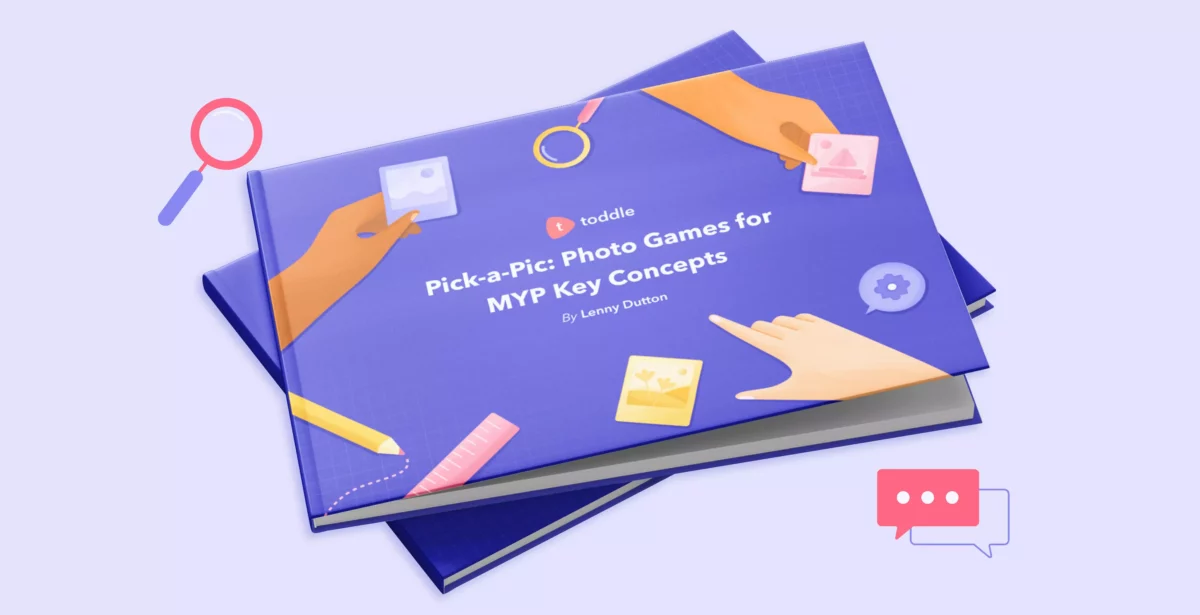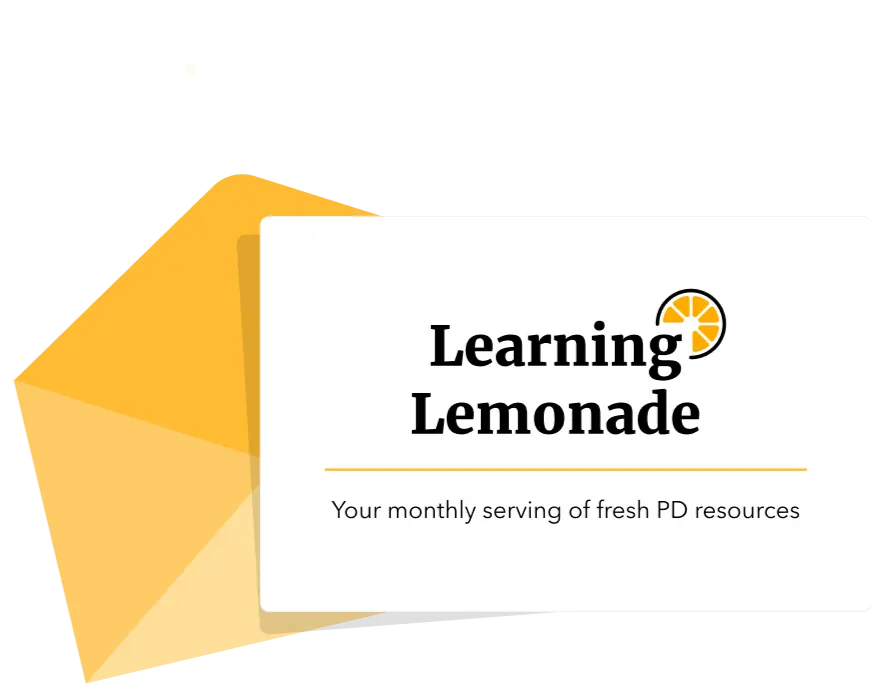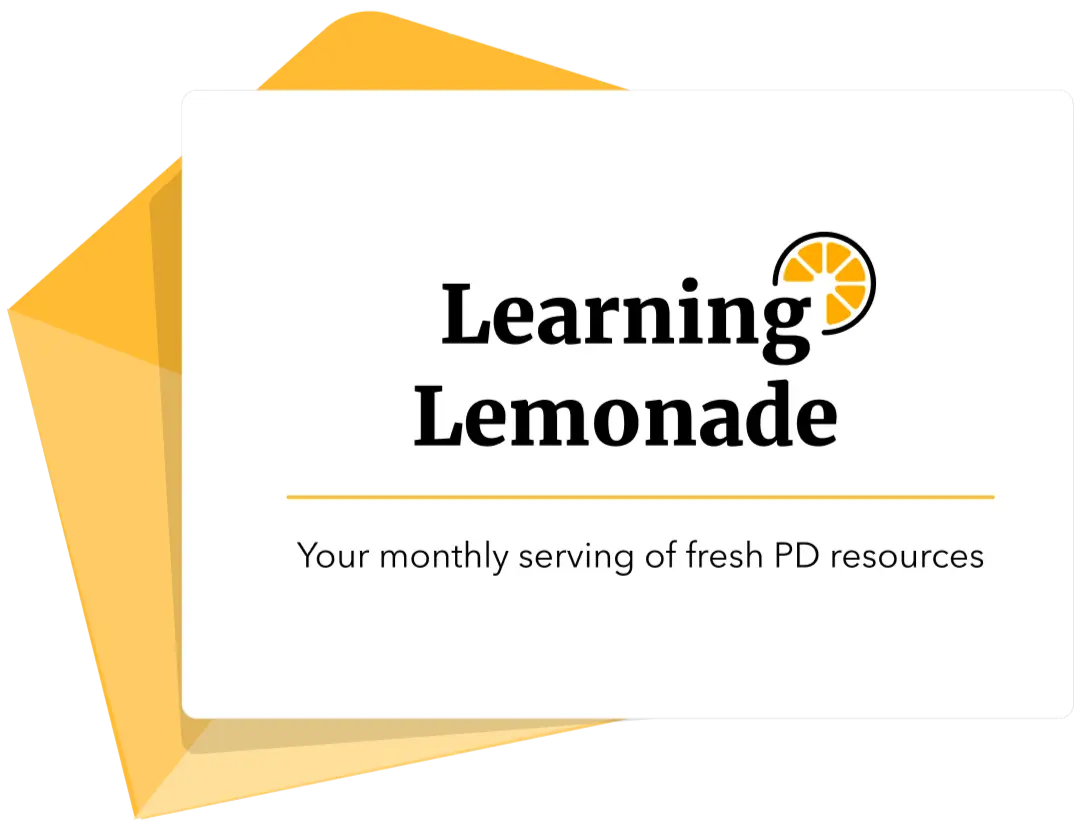Making Remote Learning Happen in the PYP
Blog by Chris Stephenson, with content contributions by Annalee Higginbottom
I have a mantra for many years now; learning and innovation happen anywhere, anytime. In the late ’90s, I’d seen the power for building online relationships using dial-up web discussion forums and grainy video conferences in the collaborative curriculum in Ireland as part of the Peace Process. I watched children from one side of the political divide build their confidence, understand the “other” community and learn. I was convinced that education would move rapidly to embrace this power of technology in education. But as I grew through my now 24 years in education, I learned that change in this sphere is more glacial than swift. And for good reason. Thoughtful and intentional tinkering with our curriculum and how it is taught is practical pedagogical practice.
Until now.
Does anyone feel like they are on a giant rollercoaster that just continues to accelerate in that stomach-churning descent from its crest? Your eyes are shut, your jaw clenched, body wedged tightly into the seat, weighted and aching with your mind constantly spinning and yearning for it all to just stop? I’m clearly not a fan of rollercoasters (apologies to those that love those thrill rides) – but I think we can all agree; this is one ride we all cannot wait to exit.
Teachers across the world have been charged to rapidly embrace technology and shift everything that they know and love in their brick-and-mortar classrooms online. This call to online arms has created a tsunami of products and ways for teachers to make this mighty leap, in circumstances that are less than ideal. However, no matter the speed, no matter the tools and the lack of time to acquire new skills, as International Baccalaureate teachers, we have a solid foundation on which to build, in the forms of the learner profile and the approaches to learning skills.
In the Primary Years Programme (PYP), it is tempting to look at our Programme of Inquiry (POI) and try to put that online. But remember how that was thoughtfully and intentionally planned in the context of a different time, place, and space? Our task now goes beyond simple transfer of that collaborative, well thought out document into our new online context. Our students are at home now, perhaps with their siblings, their parents, extended family, unsure of all that is happening around them and scared.
So let’s focus on what we know we are intrinsically learning and practising in our classrooms; building community – except this now has shifted into a virtual sphere.
In our webinar on this topic, Annalee and I offered four points to make this happen for our students.
1. Embrace our Reality

Only you can define what your reality looks like right now. You are expected to teach from home. Your daily classroom routine and schedule simply will not work anymore given that you too might have your children, spouse, and extended family and obligations under the current situation. It’s almost as if you are back at the beginning of the school year – creating your classroom environment and learning your bell schedule. Ask yourself “When can I be present?” You need to realistically manage your presence with students online and your own contextual reality. You need to practice that ‘approaches to learning’ skill sub-category of managing time and tasks effectively.
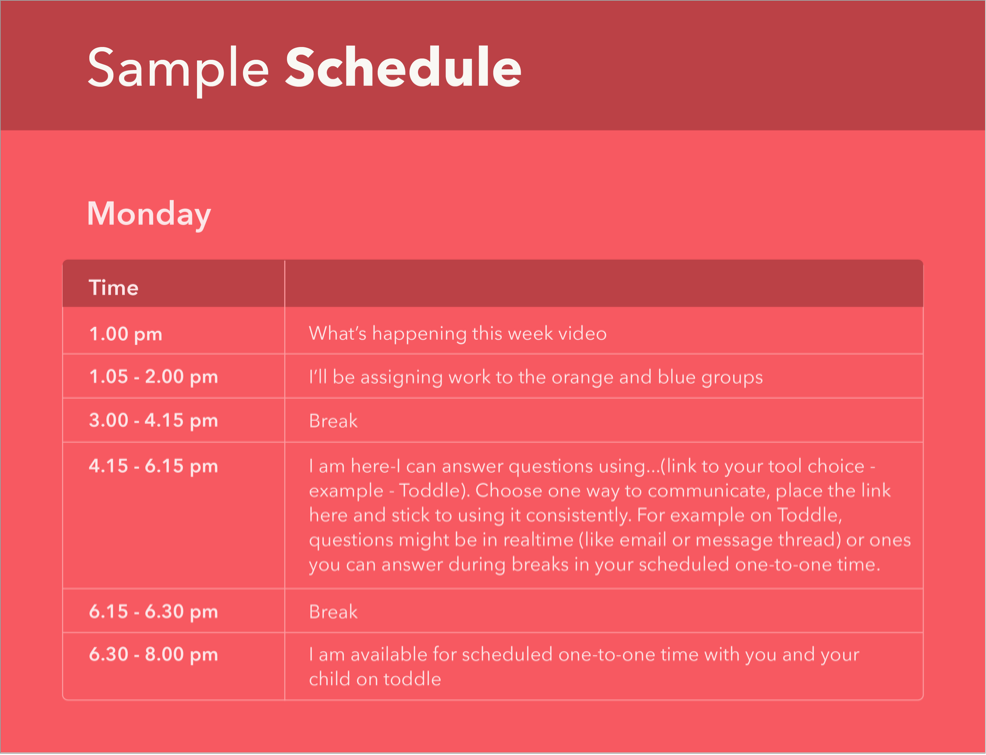
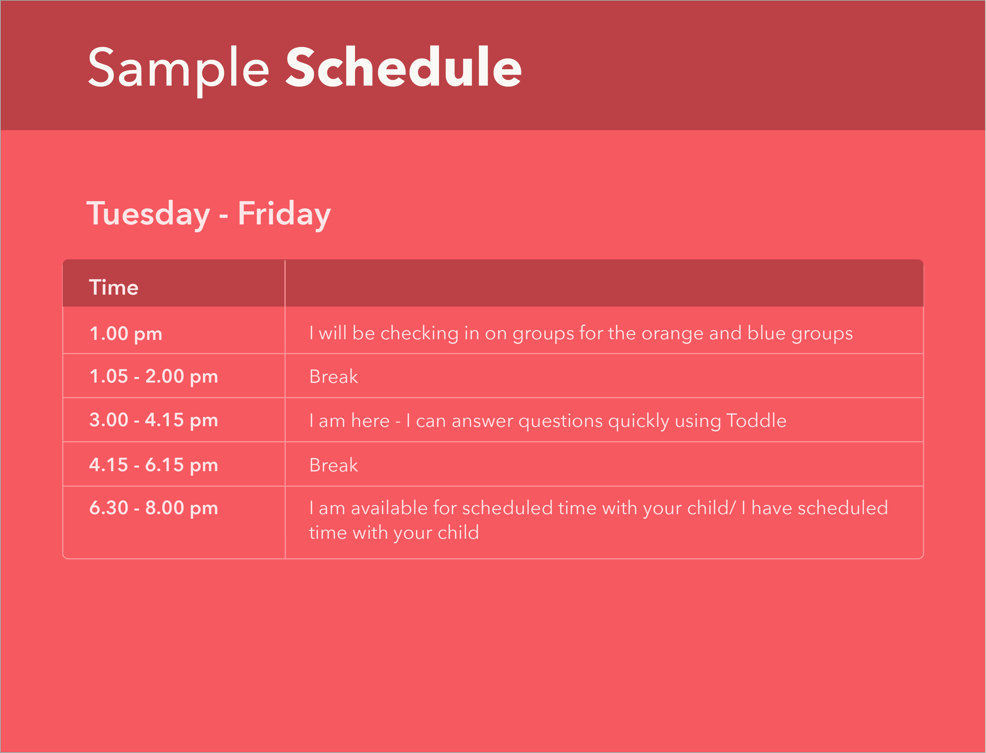
Over the next few weeks, you will need to be flexible and open-minded. Everything takes twice as long to plan and complete online; the resources you depend on might still be in your physical classroom. You need to engage and inquire to find online alternatives, or consider the resources your students may have access to in their homes. Ask yourself what can you actually do and what realistically can your students engage and learn from in the here and now, given
2. Establish a Routine
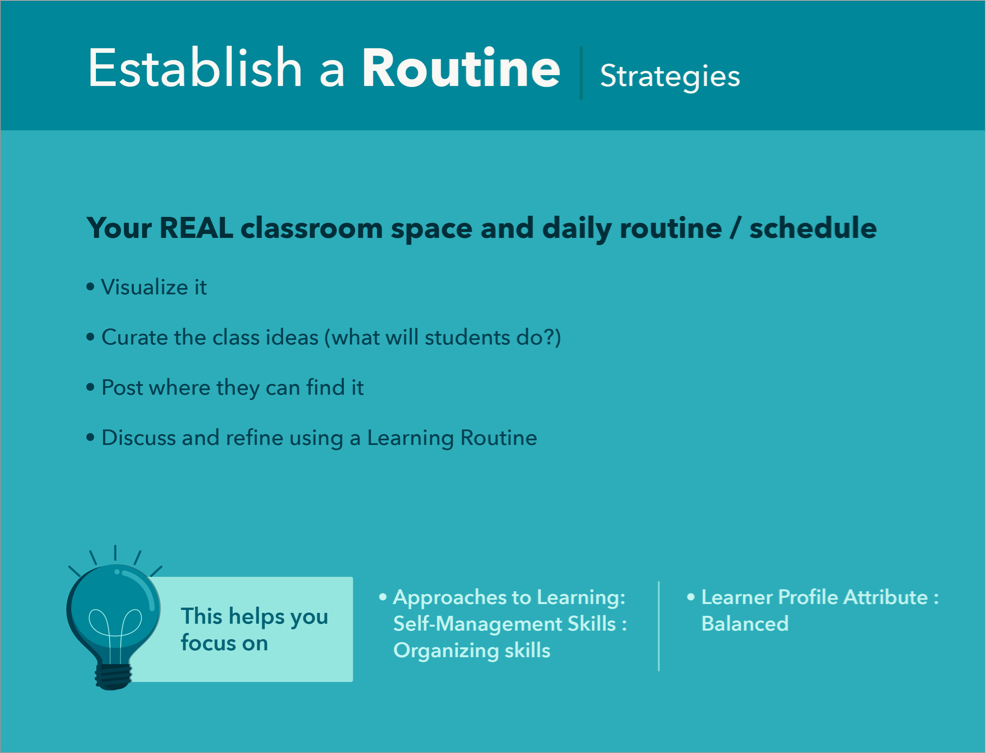
In the webinar, we shared the experience of a teacher who told us about her first read aloud online. As the conferencing platform was new to the children, they were excited to see each other at first. As the formal learning engagement started, they could not control their impulses to mute each other’s microphones or talk over one another. The teacher described it as a disaster. The routines that were practiced, used and successful in her face-to-face environment no longer worked in this virtual space.

In this new synchronous interaction, teachers, and students will need to adjust their learning routines. In the PYP, a good place to start is with the classroom’s essential agreements so that synchronous time is collaboratively understood. It is absolutely essential to understand that your students should not be in long video conferences every day. Whole class synchronous engagement needs to be well planned, short, and aligned to planning for the asynchronous engagements. Establishing classroom hours that will serve your ability to be present and balance your context with your student’s needs. Being an online teacher does not suddenly mean that you are on-demand 24/7 for your students or your parents. They are navigating new routines as well that are being defined and refined in real-time. Posting your classroom hours and schedule as to when you will be there for your students synchronously is a critical part of the students knowing that their teacher is still there and still cares. Your communication might feel like you are writing that letter to your parents and students about the first day of school.
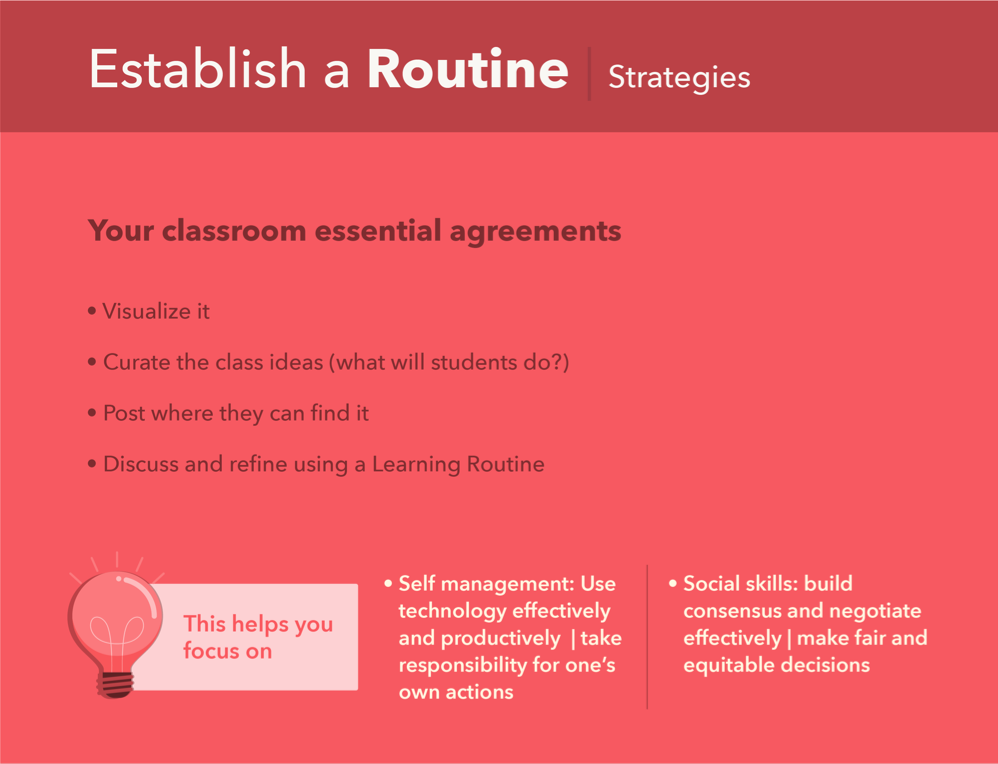

3. Grow our Relationships
Perhaps this should have been the first thing that we talked about. However, in an emergency situation, one of the first things you are taught is to make sure you and the people around you are safe and know what they are doing. Embracing reality and routines help secure your perimeter.
As the weeks go by, we have the chance to grow our relationships from where we were at in the face-to-face classroom. This is essential in the face of uncertainty. Your students will need:
Reliability – a key part of instructional design online is being consistent in where, how and when you make resources available and the when and how students will submit their evidence of learning. Establishing that routine and consistent communication is core to your success. After all, it is core to your success as a teacher in the bricks-and-mortar classroom! Ultimately, your students (and their families) want to know that they can trust you. They may feel isolated and lonely if they have no siblings to play with. Knowing where you are with predictability in your presence online will go a long way to helping them feel safe and valued.
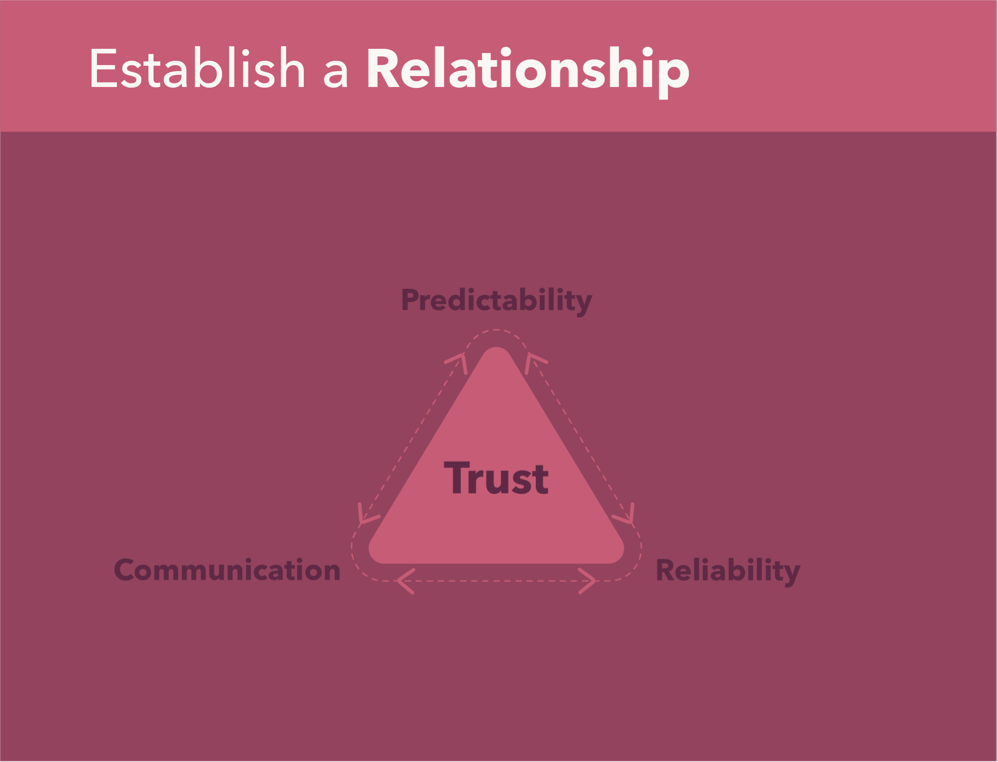

4. Resilience in your Role
My friends, we could be in this context for a long time. Living in Florida, over the last four years, I’ve personally experienced preparation for three hurricanes. It feels like that – all the preparation and waiting. For Annalee, she has been practicing everything in this blog post since January this year and is still navigating this reality daily back in China. Information and rumour continue to flow about the what-if’s and what might happen, one of the few certainties is that the timeline is unclear. Days, weeks, months? Regardless of the changes and the multitude of unknowns, our role still remains. We are teachers, colleagues, perhaps parents or caregivers, and we are members of a global community that together are doing the right thing of staying at home and using the technology available to us to cobble together a sense of what we feel is normal. As teachers, we are the most resilient of professions and are adapting rapidly. Continue to be a colleague (organize your own online faculty meeting each week just to check-in and care for each other), a neighbor, a friend and embrace your family close and far away. This generation will never see their learning in the same way again. You might never teach the same ways again. We all now really understand that learning through innovation can and will happen anywhere and at anytime.
Watch Chris and Annalee share ideas for remote learning in their webinar.









